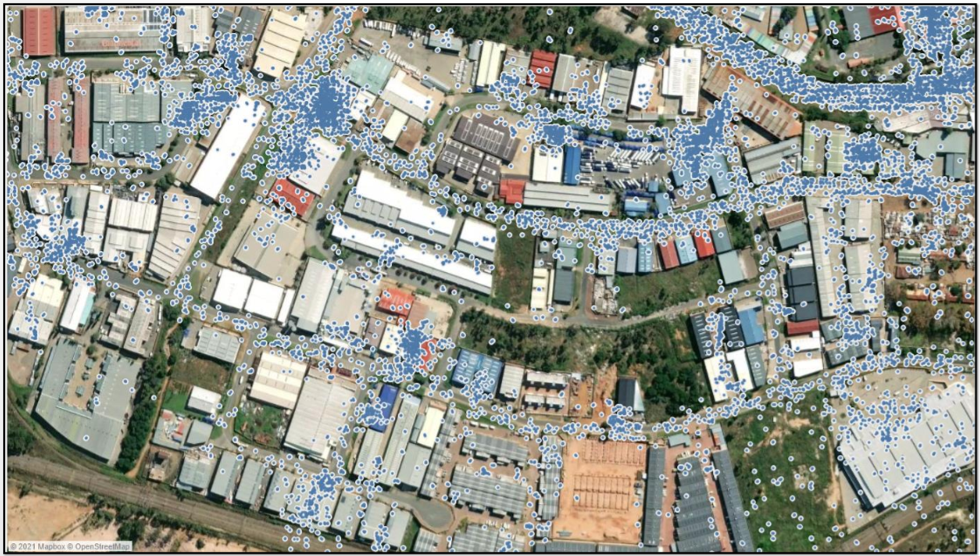Whether it is a restaurant, a coffee shop, a hotel, a supermarket, or an auto parts store, location is, if not the most important, one of the most decisive factors in determining the success or failure of a business.
Agustina Cobas
Content Director, PREDIK Data-Driven
Real estate companies, restaurants and retail chains know better than anyone how valuable and decisive it is for the success of a business to find the best location. Technology, together with the new Big Data analysis methodologies, now allow to simplify part of this complex process of location selection, analyzing in detail the pedestrian flow in each location.
You may be interested in “Enterprise Solutions: Logistics Applications“
Everyone knows that every year hundreds of businesses, large and small, fail around the world because of poor decisions in the process of selecting the location for the point of sale, among other factors.
Whether it is a restaurant, a coffee shop, a hotel, a supermarket, or an auto parts store, location is, if not the most important, one of the most decisive factors in determining the success or failure of a business.
Recent technological advances, coupled with the increasing availability of information, are helping more and more to reduce the uncertainty gap that normally exists about the future performance of a new point of sale.
One of the main advances has to do with how to estimate foot traffic at a given location. Now it is possible, among other things, to estimate with a high degree of accuracy how many people enter a shopping center every hour, how many pass through a certain avenue at a certain time of the day, or, for example, how many people enter and leave an industrial distribution center, without the need to have a person at the entrance of the place to manually count those who enter.
For example, it is possible to identify not only how many people pass through the door of a store or hospital each day, but also where they come from.
Therefore, a department store chain could, for example, estimate how many potential consumers visited its doorstep over the course of a month and did not enter, and of these, how many were previously at a competitor’s point of sale.
With more layers of information, the analysis becomes even richer.
When other layers of information are added to the pedestrian flow data, such as the socio-demographic characteristics of people, or their tastes and preferences, the value of the analysis grows exponentially.
By crossing these layers of information, it is possible to further optimize the search and selection of the most suitable areas to open, for example, a sporting goods store. It is possible not only to measure the pedestrian flow in a given street, but also to cross-reference it with data on the interest in sports expressed by people passing through the area in question.


